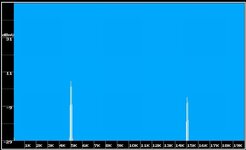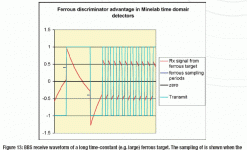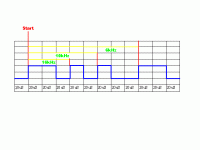Hi,
Im confused with all the technical infprmation on underwater detectors. Of course each claims to be the very best and those who use them also claim the same. Can anyone give me a simple explaination as to the differences between the technology used, in the Minelab and Garrett underwater detectors for example? Or point me to a site with some info on the prosd and cons of the different operating systems.
Or....is it a case of 'they all work' so it doesnt matter what you use
thanks
Im confused with all the technical infprmation on underwater detectors. Of course each claims to be the very best and those who use them also claim the same. Can anyone give me a simple explaination as to the differences between the technology used, in the Minelab and Garrett underwater detectors for example? Or point me to a site with some info on the prosd and cons of the different operating systems.
Or....is it a case of 'they all work' so it doesnt matter what you use

thanks
Upvote
0






